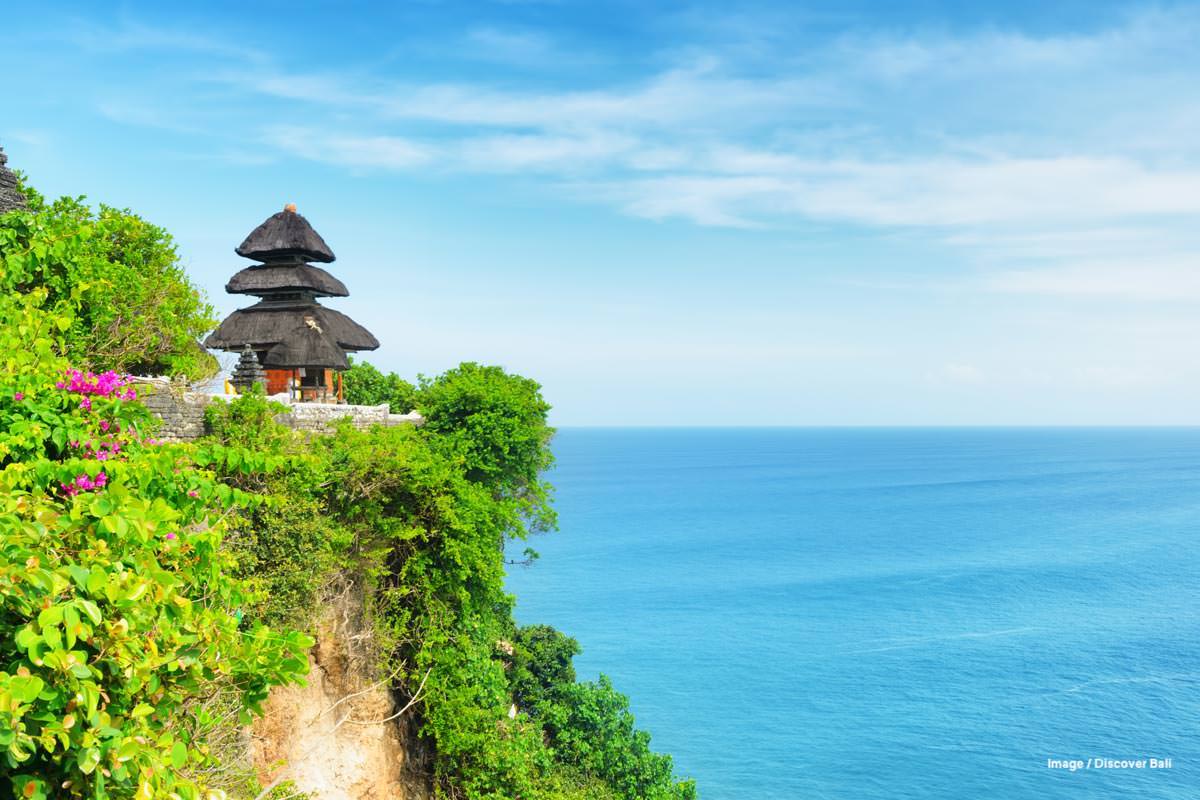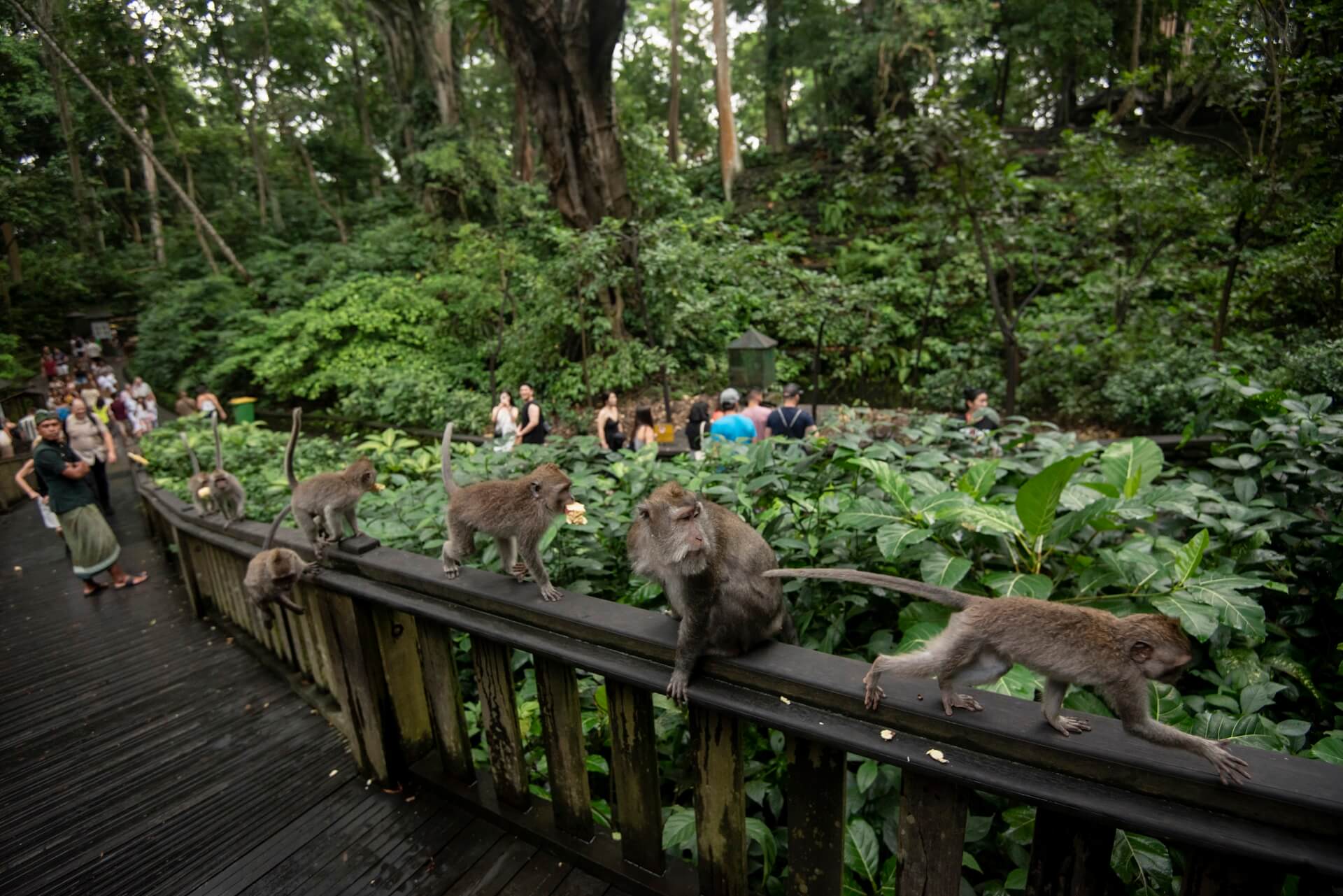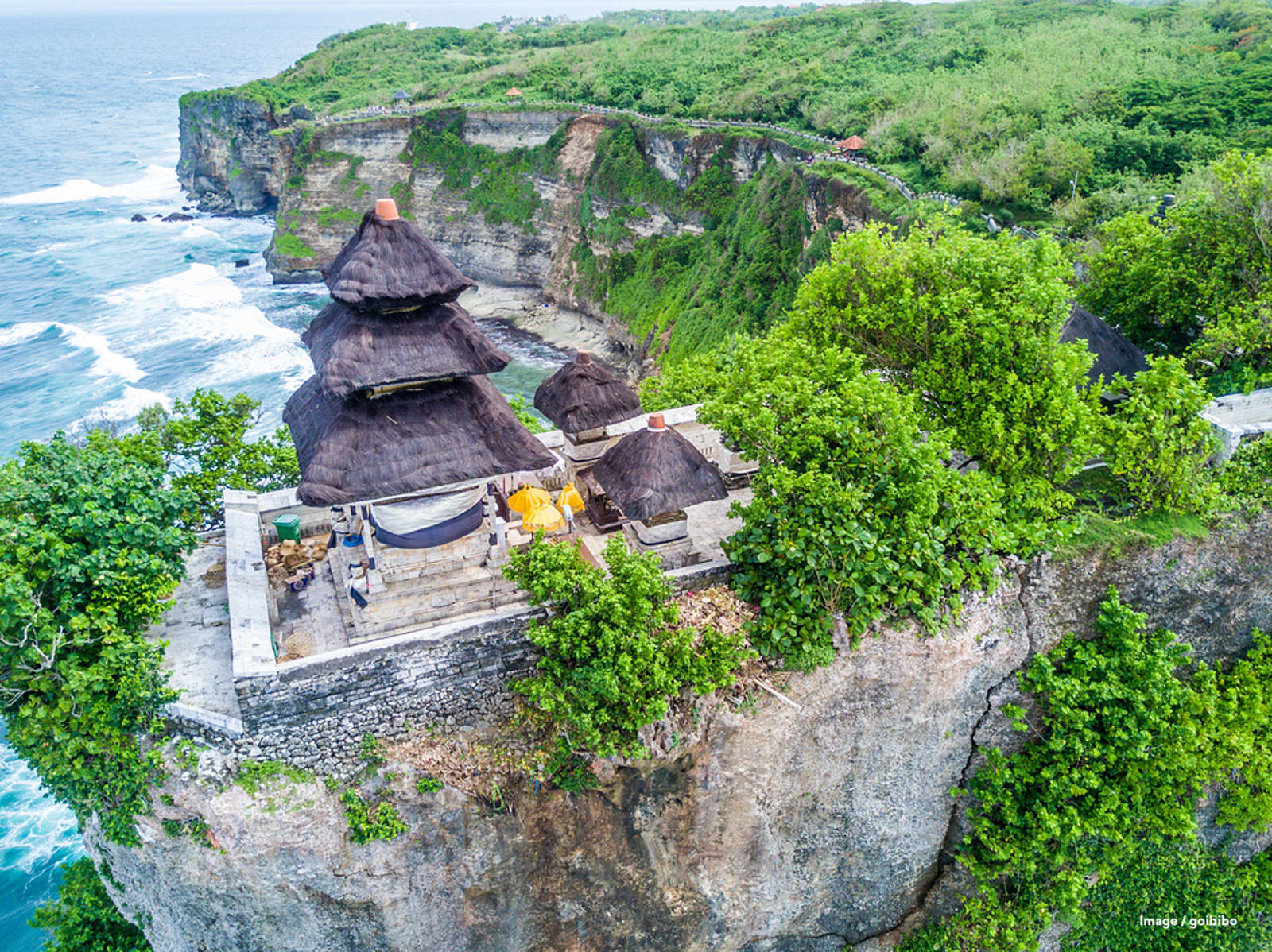Physical Address
30 N Gould St Ste N Sheridan, WY 82801
Physical Address
30 N Gould St Ste N Sheridan, WY 82801



Are you dreaming of exploring Bali’s emerald rice terraces, ancient temples, and pristine beaches? Look no further! This comprehensive 7-day Bali itinerary will guide you through the Island of the Gods, ensuring you experience the perfect balance of cultural immersion, natural beauty, and authentic Balinese hospitality. Whether you’re seeking spiritual enlightenment, adventure, or simply a tropical escape, this carefully crafted guide has you covered.
Bali enjoys a tropical climate with year-round warm temperatures, but the best time to visit is during the dry season from April to October. This period offers sunny days with minimal rainfall, perfect for exploring outdoor attractions and enjoying beach activities.
Best months: May, June, and September provide ideal weather with fewer crowds compared to the peak months of July and August.
Avoid: January and February typically experience the heaviest rainfall, which can disrupt outdoor plans and transportation.
Your Bali adventure begins as you land at Ngurah Rai International Airport (DPS) in Denpasar. From here, you’ll head directly to Ubud, the cultural heart of Bali, approximately 1-2 hours north of the airport depending on traffic.
Pro tip: Arrange transportation through your hotel in advance to avoid airport taxi scams. If your hotel doesn’t offer this service, book a private driver through a reputable service.
After checking into your accommodation and freshening up, spend your afternoon getting acquainted with Ubud’s charming streets:
After your long flight, there’s no better way to acclimate to Bali time than with a traditional Balinese spa treatment. The island is famous for its massage techniques and healing rituals.
Visit Taksu Spa, nestled in the heart of Ubud within a lush garden setting. For a truly Balinese experience, indulge in a flower bath to conclude your treatment—a perfect introduction to Bali’s wellness culture.

Today is dedicated to exploring Bali’s northern region, home to some of the island’s most stunning temples and natural wonders.
Hire a private driver for the day (approximately 600,000 IDR or $40 USD) and head north to visit:
Don your swimwear and head to the Sambangan Waterfalls (also known as the Secret Garden), a collection of stunning cascades in northern Bali:
What to bring: Quick-dry clothes, water shoes, a waterproof bag for valuables, and a change of clothes.

Rise early to beat the crowds and catch the magical morning light at the Tegalalang Rice Terraces, located just 30 minutes north of Ubud. Watching the sunrise illuminate these ancient agricultural masterpieces is truly unforgettable.
Insider tip: Bring small denominations of Indonesian Rupiah for “donations” requested by locals as you walk through different sections of the terraces.
Return to Ubud and visit the Ubud Sacred Monkey Forest Sanctuary (Monkey Forest Ubud), a nature reserve and temple complex that’s home to over 700 long-tailed macaques.
Entry costs around 80,000 IDR ($5 USD), and the sanctuary is open from 8:30 AM to 6:00 PM daily.

Safety tips:
Immerse yourself in Balinese culture through a hands-on cooking class. Popular options include Paon Bali Cooking Class and Flavors of Bali, where you’ll:
This experience offers valuable insights into Balinese cuisine and culture, plus you’ll take home recipes to recreate these dishes back home!
Today begins with an adventure you’ll never forget—a sunrise hike up Mount Batur, an active volcano standing at 1,717 meters.
Schedule:
The moderately challenging trek takes approximately 2 hours up and 1.5 hours down. At the summit, enjoy breakfast cooked with volcanic steam while taking in panoramic views of Lake Batur and Mount Agung.
What to pack:
Return to Ubud for a late breakfast at your hotel, then embark on the scenic Campuhan Ridge Walk. This paved path offers stunning views of Ubud’s lush valleys and is relatively easy to navigate.
Start behind the Warwick Ibah Villas and follow the ridge for about 2 kilometers until you reach local warungs where you can enjoy fresh juice or coconut water. Take your time here—the walk offers excellent photo opportunities and a peaceful farewell to Ubud.
After lunch in Ubud, check out of your accommodation and head south to Uluwatu for the second half of your Bali adventure. The journey takes approximately 2 hours, depending on traffic.
Uluwatu, located on the Bukit Peninsula, offers a completely different Bali experience with dramatic cliffsides, world-class surfing, and stunning ocean views.
After checking into your accommodation, spend the remainder of the day exploring your new surroundings and relaxing by the pool.
Take a 30-minute taxi ride to Seminyak, Bali’s upscale beach resort area known for trendy boutiques, beach clubs, and restaurants.
Start your day with breakfast at Revolver Espresso, a hip café tucked away down an alley with excellent coffee and breakfast options.
Spend your midday at one of Seminyak’s beautiful beaches:
Rent a beach lounger, take a refreshing swim, or try a surf lesson with one of the many instructors along the shore.
Seminyak is paradise for shoppers with its mix of designer boutiques, homeware stores, and artisan shops. Explore:
Cap off your Seminyak day at KU DE TA, one of Bali’s most iconic beach clubs. Arrive 1-2 hours before sunset to secure a good spot. Enjoy:

Today, venture to the breathtaking island of Nusa Penida, just off Bali’s southeast coast.
Head to the Port of Sanur to catch a fast boat to Nusa Penida. The journey takes approximately 45 minutes.
Booking options:
Nusa Penida is known for its rugged landscapes and stunning coastal formations. With a local guide and driver, visit the island’s most iconic spots:
Important note: Roads on Nusa Penida are underdeveloped and journeys between attractions can be bumpy. Consider taking motion sickness medication if you’re prone to carsickness.
Catch an afternoon boat back to Bali and transfer to your accommodation in Uluwatu. After a full day of exploration, enjoy a relaxing dinner at your hotel or a nearby restaurant.

On your final day in Bali, embrace the island’s surf culture with a morning lesson at one of Uluwatu’s renowned beaches:
Many local surf schools offer 2-3 hour lessons including board rental and instruction for around 350,000-500,000 IDR ($25-35 USD).
Even if you’ve never surfed before, Bali’s warm waters and professional instructors make it the perfect place to try!
In the late afternoon, visit the magnificent Uluwatu Temple (Pura Luhur Uluwatu), dramatically perched on a 70-meter cliff overlooking the Indian Ocean.
The temple is one of Bali’s key spiritual pillars and offers spectacular views, especially as the sun begins to set. Entry fee is approximately 50,000 IDR ($3.50 USD).
Watch out for: The temple’s resident monkeys who are known for snatching belongings. Secure your sunglasses, hats, and other loose items.
Stay at Uluwatu Temple for the famous Kecak Fire Dance, performed daily at 6:00 PM. This mesmerizing performance combines chanting, dancing, and fire to tell the Ramayana epic. Tickets cost around 100,000 IDR ($7 USD) and should be purchased in advance.
After the performance, enjoy a farewell dinner at Single Fin, a cliffside venue offering breathtaking ocean views, delicious food, and a lively atmosphere—the perfect way to conclude your Bali adventure.
This 7-day itinerary has you splitting your time between Ubud and Uluwatu, giving you a taste of both inland cultural Bali and the stunning southern coastline.
Budget (Under $50/night):
Mid-range ($50-150/night):
Luxury ($150+/night):
Budget (Under $50/night):
Mid-range ($50-150/night):
Luxury ($150+/night):
Navigating Bali requires some planning, as public transportation is limited. Here are the best options:
The most convenient way to explore Bali is with a private driver. Expect to pay around:
Drivers can be arranged through your accommodation or booked in advance through reputable services.
For confident riders, scooters offer flexibility and convenience:
Safety note: Bali’s roads can be chaotic and accidents involving tourists on scooters are common. Only rent if you have prior experience.
Gojek and Grab operate throughout most of Bali:
Blue Bird Group taxis are reliable and use meters:

Balinese cuisine is a delicious adventure in itself. Here are must-try dishes during your stay:
Ubud:
Uluwatu/Bukit Area:
Street Food and Warungs:
Don’t miss the opportunity to dine at local warungs (small family-owned eateries) for the most authentic and affordable Balinese food experience.
As of 2025, many nationalities can enter Bali under these arrangements:
Requirements:
Seven days provides enough time to experience Bali’s highlights, though you’ll need to focus on specific regions. This itinerary balances cultural experiences in Ubud with beach time in the south. If you have more time, consider adding the Gili Islands, Nusa Lembongan, or northern Bali to your trip.
The dry season (April to October) offers the best weather conditions. May, June, and September provide an ideal balance of good weather with fewer crowds compared to the peak months of July and August.
Budget travelers can get by on $50-70 USD per day, mid-range travelers should budget $100-200 USD daily, and luxury travelers can expect to spend $200+ USD per day. This includes accommodations, meals, transportation, activities, and shopping.
Bali is generally safe for solo travelers, including women. Exercise standard precautions like avoiding unlit areas at night, securing valuables, and being aware of common scams. The biggest risks typically involve road safety and petty theft rather than violent crime.
While scooters provide flexibility, they’re not necessary. Private drivers are affordable and allow you to relax while navigating Bali’s chaotic roads. Only rent a scooter if you have previous experience and always wear a helmet.
Essential items include:
Most international phones work in Bali. Consider purchasing a local SIM card (Telkomsel has the best coverage) or arranging international roaming before your trip. Wi-Fi is widely available in hotels, cafés, and restaurants.
Bali’s magic extends far beyond this 7-day itinerary. The island’s unique blend of stunning landscapes, rich cultural traditions, and warm hospitality creates an experience that stays with you long after you’ve returned home. This carefully balanced itinerary gives you a taste of Bali’s diversity—from the spiritual energy of Ubud to the coastal beauty of Uluwatu—while leaving room for your own discoveries along the way.
Whether you’re watching the sunrise from Mount Batur, exploring ancient temples, or simply enjoying a Balinese massage, allow yourself to embrace the island’s gentle pace and spirituality. As the Balinese say, “Bali dwipa jaya”—glorious Bali island!